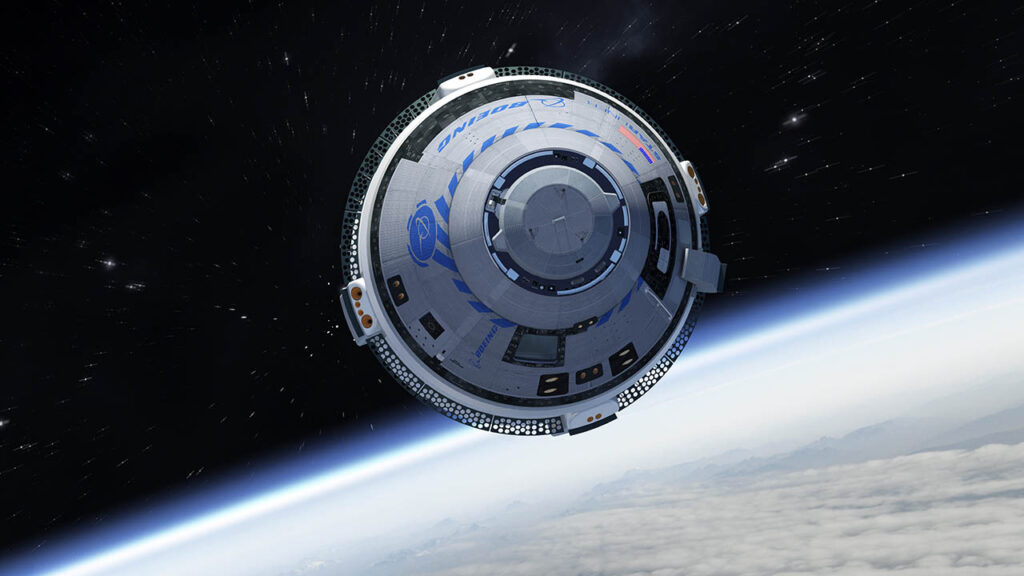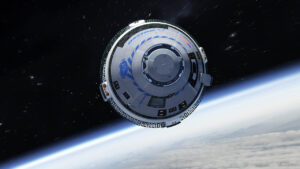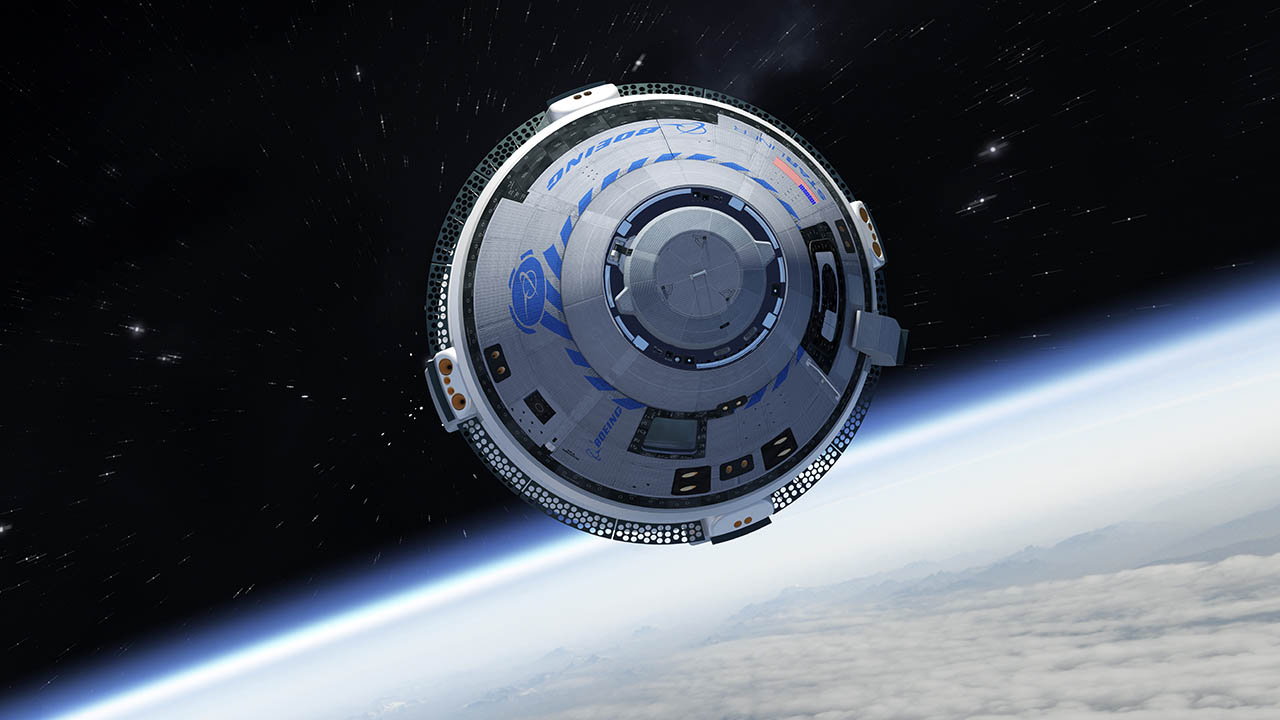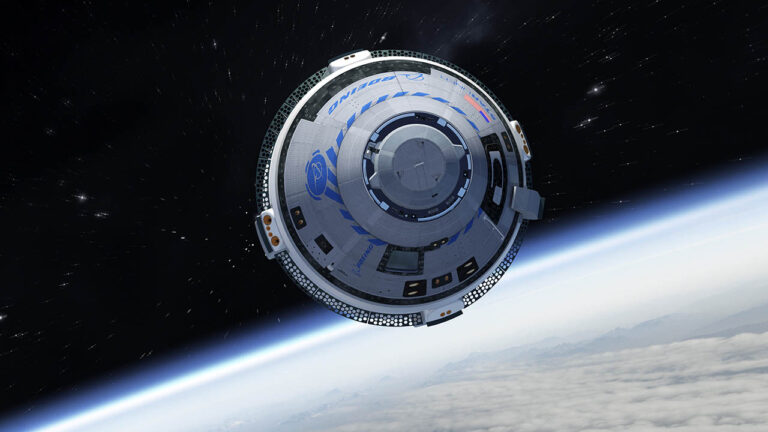Starliner’s Return from ISS: Will NASA Opt for Dragon?
Eight weeks have passed since Boeing’s Starliner spacecraft launched into orbit on an Atlas V rocket, heading to the International Space Station (ISS). Initially, NASA officials indicated that astronauts Butch Wilmore and Suni Williams could return to Earth as early as June 14, just eight days post-launch. Despite some issues during Starliner’s journey, including helium leaks and malfunctioning thrusters, Boeing’s Commercial Crew Program Manager, Mark Nappi, downplayed these concerns, describing them as minor.
However, what seemed like minor issues turned into significant challenges, prolonging the astronauts’ stay aboard the ISS. The primary concern now is the failure of multiple reaction control system thrusters, which are crucial for navigating Starliner during its departure from the ISS and setting up a critical engine burn for re-entry into Earth’s atmosphere.

Testing and Evaluation: Starliner’s Thrusters
In recent weeks, NASA and Boeing have been rigorously testing Starliner’s thrusters. Ground teams conducted tests on a thruster at White Sands, New Mexico, followed by in-orbit tests while the spacecraft was docked at the ISS. Preliminary results from these tests were promising, yet they have not fully alleviated concerns about the thrusters’ reliability.
The Dragon Alternative: A Possible Shift in Plans
While NASA has been cautious in discussing alternatives, there has been increased speculation about the possibility of using SpaceX’s Crew Dragon to bring Wilmore and Williams back to Earth. Steve Stich, NASA’s program manager for commercial crew, emphasized the goal of completing the mission with Starliner. Nevertheless, recent activities at NASA, Boeing, and SpaceX suggest a growing likelihood of a shift to Dragon.
Insider sources indicate a greater than 50-50 chance that the crew will return on Dragon, with some suggesting it is significantly more likely than not. Although NASA has not made a final decision, this scenario remains under serious consideration.
Delays and Preparations: NASA’s Next Steps
NASA has been delaying a final decision on the return mission. A Flight Readiness Review meeting scheduled for August 1 was canceled, with NASA issuing a vague update indicating that return planning would continue into the following week. Additionally, NASA awarded SpaceX $266,678 on July 14 for a “special study for emergency response.” Although not directly related to Starliner’s issues, the study involved scenarios for flying more than four crew members home on Crew Dragon, potentially accommodating Wilmore and Williams.
SpaceX has been preparing for various scenarios, including the possibility of launching four astronauts on Crew 9, scheduled for August 18. This mission could be delayed, but SpaceX has already identified flight suits for Wilmore and Williams, allowing them to return on either the Crew-8 or Crew-9 spacecraft. Discussions continue within NASA about the safest and most practical return plan, with some groups expressing reservations about using Starliner.
The Critical Decision: Safety vs. Program Continuity
NASA officials face a tough decision, balancing the risks and rewards of using Starliner versus Dragon. Starliner’s recent thruster tests have provided useful data but have not entirely resolved safety concerns. While Starliner is likely capable of returning safely, the potential risk of failure remains a significant factor.
Opting to bring the crew home on Dragon could spell the end of the Starliner program, given Boeing’s substantial financial losses and the potential costs of another test flight. However, the alternative of a failed Starliner mission poses far greater risks, both for the crew and the future of Boeing’s involvement in crew transportation.
Conclusion: Awaiting NASA’s Final Call
As NASA continues to evaluate its options, the space agency remains focused on ensuring the safest return for Wilmore and Williams. The coming days will be crucial in determining whether Starliner or Dragon will be the chosen spacecraft for this critical mission. NASA’s decision will not only impact the immediate mission but also the future of commercial crew transportation to and from the ISS.
Stay tuned for updates as NASA finalizes its plans and prepares for the safe return of its astronauts.

















